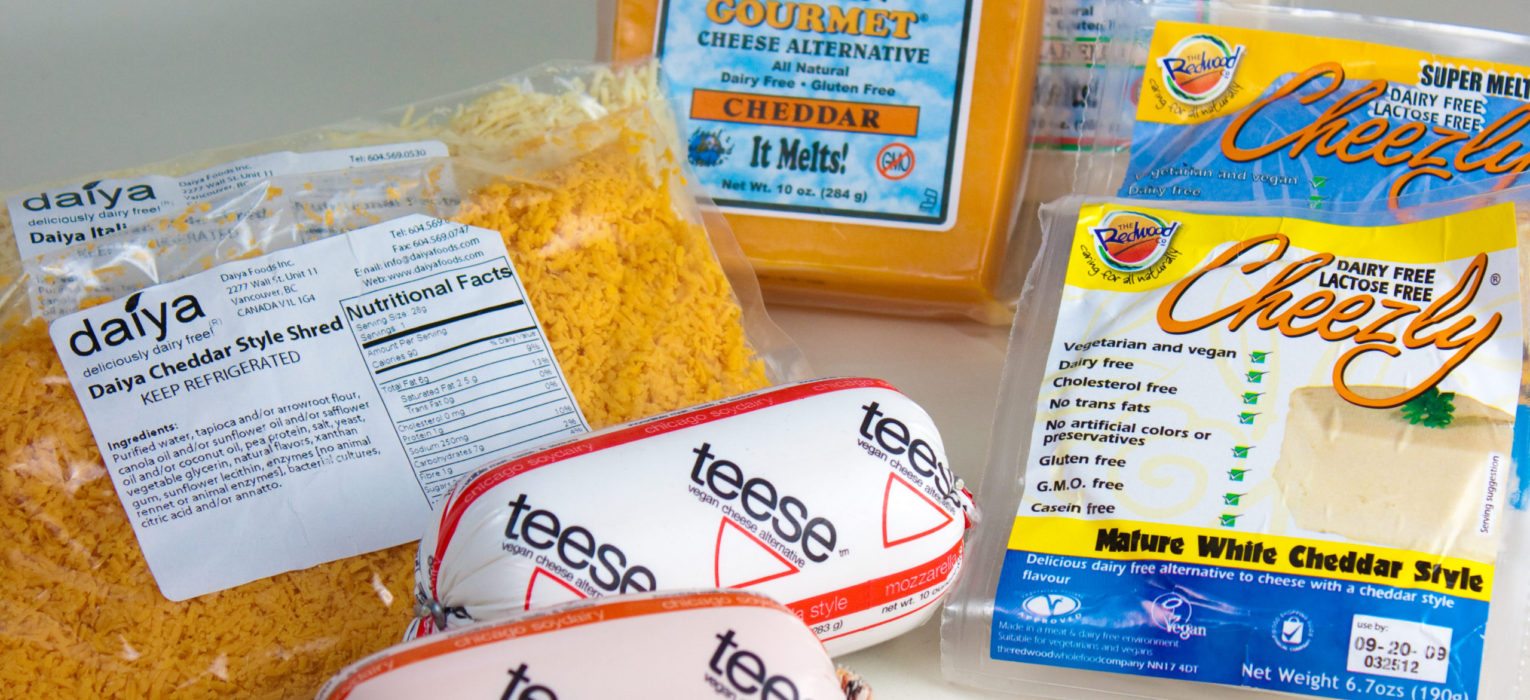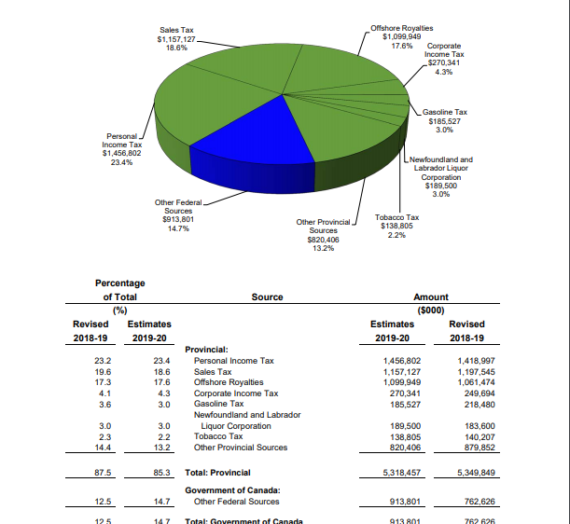I’ve been slowly trying to reduce the amount of meat and dairy in my diet. You’ll see a lot of messages online about how simple and/or easy and/or good this change is, but that hasn’t been my experience thus far.
Obvious Change is Obvious
I try to get a lot of fruits, veggies, and certain grains in my diet (LGW has celiac disease, so gluteney grains are off-limits at home). These are obvious, easy choices.
Take pizza, for example. I like good (read: hothouse) minced tomatoes on pizza. They can be a good substitute for meat, particularly if you pair them with mushrooms, which have a nice chewy texture to complement the rich flavours of the tomato.
Fermentation Stinks
I was never a huge yogurt fan, but LGW introduced me to smoothies several years ago, and I’ve been steadily increasing my intake and experimenting with composition. The biggest thing I have wanted to improve is the macronutrient balance – a really good smoothie should have plenty of protein. Dairy yogurts do a pretty good job here: a regular Liberté yogurt has about 10g of protein per serving (2/3 cup).
A lot of vegan yogurts, on the other hand, are derived from various nut and nut-like plants (coconut, cashews, almonds, etc), which means they favour fat over protein. I started out by adding a cup of soy milk, which has a nice high protein content, but it doesn’t have the lovely tang of yogurt. I’ve been experimenting with vegan yogurt alternatives, and, well, the experiment continues, basically. Yoso’s Soygo has the classic soy taste, sort of a sweet chalk flavour. Daiya’s Greek yogurt alternative has gotten good press – for good reason, it tastes pretty “normal” – but it’s based on coconut cream, and I find the coconut flavour intolerable.
On the other side of this equation, there’s vegan cheese. There’s no kind way to approach this: vegan cheese is not very good. Daiya’s shredded cheese tastes like rot, though I will say they’ve balanced the flavours on their vegan-ish pizza so that it’s tolerable there.
I had the bad fortune to discover “good” cheese late in life. Colliers, a Welsh cheddar available at Costco and most deli cheese sections, blew the top of my head off when I tried it; it’s loaded with complex flavours that take several seconds to fully develop in your mouth. Individually-wrapped (I KNOW OK!) wedges of Oka l’Artisan is also my jam – stinky, soft cheddar with some layers to it. On the other hand, I can’t handle Asiago (it literally tastes like vomit), but I can appreciate how someone might.
I wishfully imagine that someday there will come a vegan “cheese” revolution by way of some smartypants who loves fermenting All! The! Things! Trying to duplicate the particulars of the cheese with which we’re all familiar isn’t really working, but I can already see the potential to make stinky products that replace cheese without being beholden to the specifics of fermented milk solids.
You Can’t Sear Mulch
People seem to be going nuts for Beyond Meat and Impossible Burgers and whatnot, but to me, the smell test immediately lands these products in the garbage – as soon as they hit a pan, they smell like burning, rotting vegetable mulch. No thanks.
My Lessons, Such As They Are
I think mostly I’ve learned that I like raw fruit and veggies, and that’s probably fine. I like them with meat even better, so that’s not as fine, but most dietary guidance will tell you that loading up on veggies and then adding a bit of meat is a better way to go, and “lessitarian” dieting is still moving in the right direction. And hey, chicken really does go better on salad than beef, so that’s also a plus in both columns.
I’d like vegan food to be more diverse and palatable to me. But since it’s not, I have to take my wins where I can find them. Perfect, enemy, good, etc.
And hey, I always did like the crunch of a good raw homegrown turnip. They’re sweeter and way less bitter, which is a rare brag for crops grown in these parts.
Vegan Cheeses is used with attribution: Veganbaking.net from USA, CC BY-SA 2.0 https://creativecommons.org/licenses/by-sa/2.0, via Wikimedia Commons


